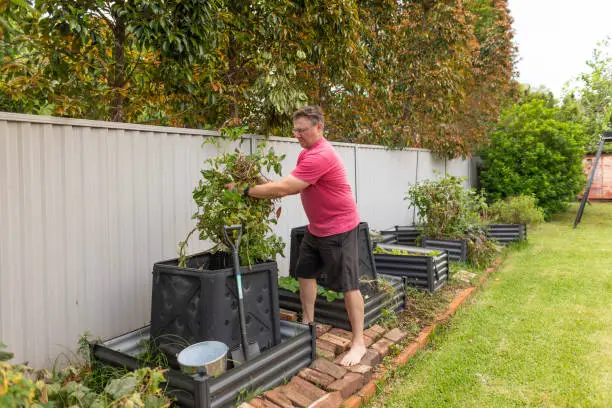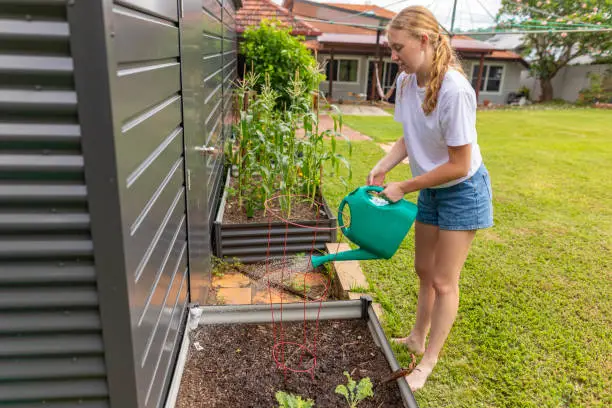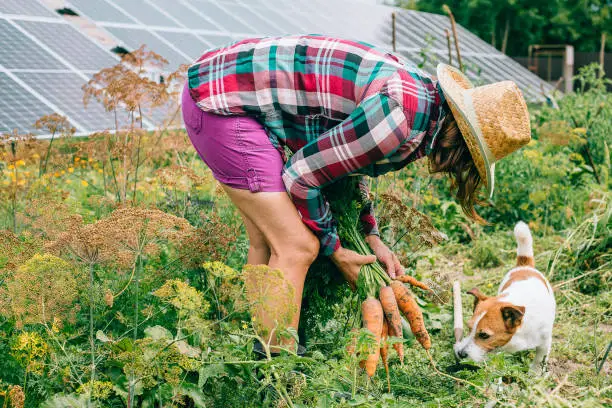In backyard homesteading, embrace nature’s bounty through soap making.
Traditional backyard homesteading practices have encouraged a closer relationship with nature. Making soap from natural ingredients is a craft and satisfying hobby among these traditions. This soapmaking adventure begins with nature’s bounty and ends with something practical and beautiful that embodies self-sufficiency and sustainability.

Making soap at home is a practice that takes time away from modern life to connect with the tactile, tangible, and genuine. Ancient civilizations valued cleanliness and fragrant baths; thus, this approach has a long history. The earth-sourced oils for softness, lye for washing, water for combining, and perfumes for enjoyment are simple but profound.
Starting soap making requires understanding saponification, the chemical reaction that makes all soap. Saponification turns fats, oils, and lye into soap and glycerin. Respect for materials and methods is essential in this alchemy, which involves precise measurements and patience. Customization begins with oil selection, as each oil has its perks. Olive, coconut, and castor oils are loved for their mild moisturization, rich lather, and soothing smoothness.
This technique relies on water, the source of life, to dissolve the lye. Pure, clean water is essential for product purity. Carefully adding lye starts the process. It shows how powerful nature is, even in soap production.
The choice of natural chemicals brings soapmaking to life. Garden-grown or wild-crafted herbs, flowers, clays, and essential oils give soap colors, textures, and scents. Lavender relaxes, peppermint energizes, clay colors and oats exfoliate. Each addition showcases the maker’s inventiveness and nature’s richness.
Molding and curing soap requires patience. Molds purchased or handmade form soap into shapes only limited by imagination. Time cures the raw soap into a firm, gentle bar ready to cleanse and delight. This waiting period reminds us of nature’s gradual rhythms and the need to let things happen naturally.
The process of creating soap teaches chemistry, botany, and ecology. It promotes awareness of our daily needs and environmental impact. Natural ingredients reduce our impact, and handcrafting soap connects us to past generations who valued resource conservation.
Soapmaking symbolizes homesteading’s values of living in peace with the land, taking what is required, and giving back equally. It embodies the idea that simplicity brings richness and self-sufficiency freedom. With its essence of the maker’s land and hands, the soap is a tiny but powerful resistance against modern disposable culture.
Making soap from scratch allows you endless creativity and exploration. It can engage people in herbalism as they learn about plant qualities and skin benefits. It might help you appreciate the scent and how essential oils can be mixed to produce complex, uplifting, relaxed, or energized scents. It can even spark an interest in formulation, learning how fats and oils work together to make cleansing, moisturizing, or exfoliating soap.
Making soap from natural ingredients celebrates nature’s wealth and diversity. It slows us down, lets us enjoy the tactile thrill of creation, and makes us proud to build something vital and beautiful with our hands.
Reviving Tradition: Homestead Furniture Making from Reclaimed Materials
Backyard homesteading promotes sustainability and self-reliance, countering the current narrative of consumerism and waste. DIY furniture from salvaged materials becomes a statement of resourcefulness and environmental care in this movement. This craft proves that beauty, practicality, and history can be made from lost or useless materials.
Finding these hidden treasures is the first step in making furniture from discarded materials. Old barn wood, pallets, fence posts, and decaying buildings can create new things. Wood, nails, and metal scraps have histories waiting to be repurposed. Finding these items frequently involves exploring disused farmyards and dark lanes behind local businesses, where pallets sit unused and neglected.
In this creative activity, one must first imagine the potential of these materials. A weathered plank might become a rustic dining table top, while an old door can become a headboard. This vision involves inventiveness, respect for the material, knowing its limitations, and celebrating its defects. Knots, fissures, and uneven edges are character traits that depict a story of resilience.
Modern and traditional methods are used to make furniture from discarded materials. The creator uses hand-held and power-driven tools to shape raw materials. Traditional joinery provides strength and stability, while modern finishes and treatments protect and prolong life. This mix of old and new creates functional, unique objects that reflect the maker’s hand and vision.
Working with recycled materials is fascinating because of its unpredictability; unlike fresh, homogenous materials, recycled wood and metal present complications. Bends, warps, and thickness changes demand flexibility and adaptability. This unpredictability requires ingenuity and problem-solving, turning challenges into opportunities for innovation. The result is frequently a unique piece of furniture with a sense of antiquity and the charm of imperfection.
Using salvaged materials to make furniture is storytelling. Each artwork has a story about its origins, hands, and transformation. A barnwood table inspires conversations about the barn’s history, storms, and animals. The furniture becomes a live link to our past, grounding us in our tradition while moving forward.
In addition, this behavior counters the disposable culture that characterizes modern consumption. Reclaiming and repurposing means choosing sustainability over convenience and character over conformity. Since materials from a century ago are often better than those today, this decision is ethical and practical. Reclaiming and repurposing is a return to basics and a step toward sustainability.
Reclaimed furniture building is profoundly rooted in backyard homesteading. Both promote handwork, sustainability, and reverence for the soil. This ethos spreads, inspiring people to see promise in the garbage where others see ruin.
In the context of sustainability and environmental stewardship, making furniture from reused materials is a slight but substantial resistance. It stands for worth, beauty, and life in the discarded, broken, and left behind in an excess-driven world. This technique asks us to examine our relationship with materials, evaluate our consumption patterns, and find a balance between nature and human needs.
DIY furniture from repurposed materials is a return to craftsmanship, a celebration of history and creativity, and a step toward a more sustainable and conscientious lifestyle. Reborn by a determined homesteader, what was previously old has the memories of the past and the promise of a future based on conservation, resilience, and respect for the planet.






Leave a Reply